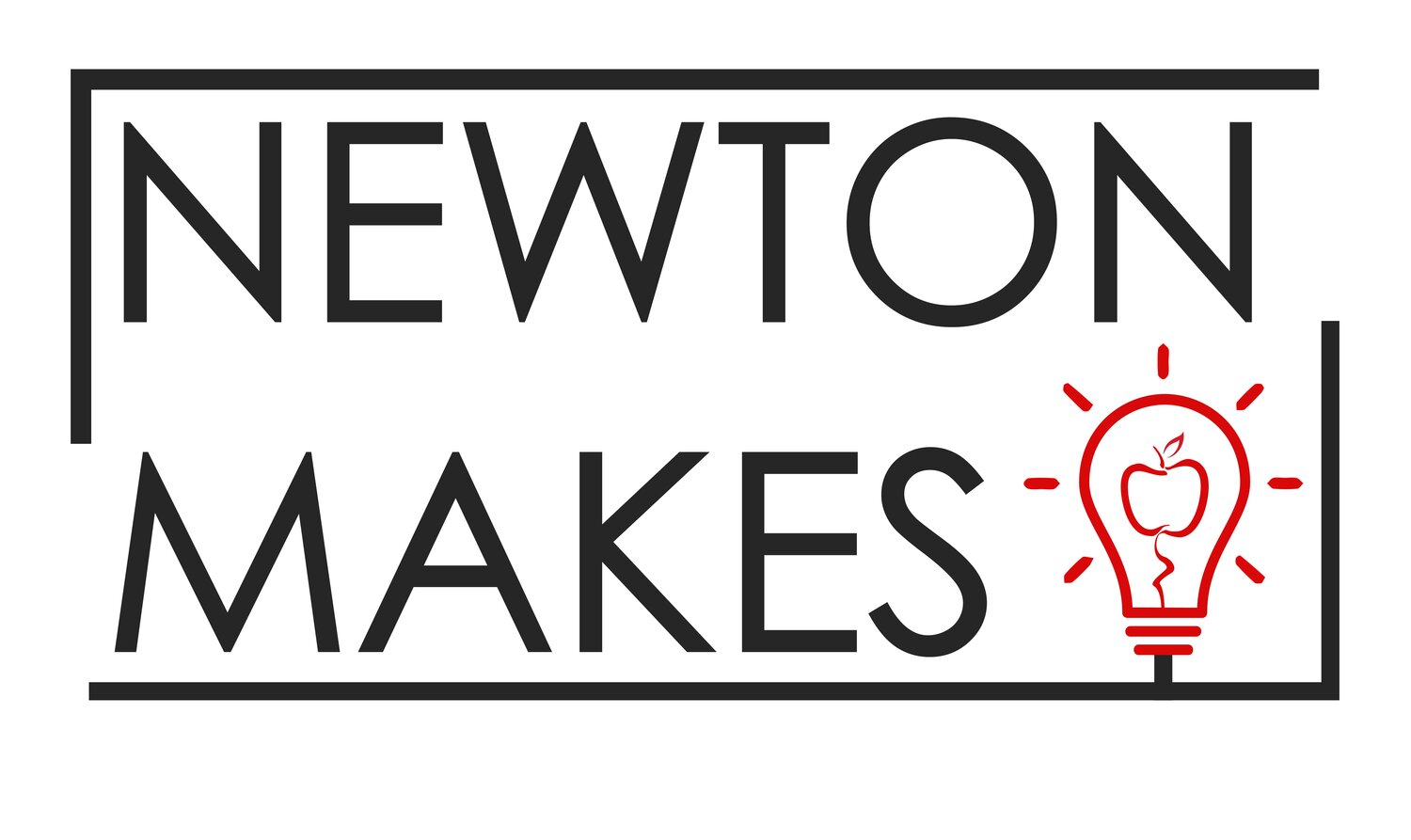Wooden Fossil Inlay
Who doesn’t like dinosaurs?! I wanted to make something involving a dinosaur fossil, but I wasn’t sure what. I’ve also wanted to improve my wood inlaying skills. When I saw a cool picture of a species of pterodactyl, I knew that was the project for me! Yeah, yeah, I know the term pterodactyl isn’t exactly an animal, but a common description for flying reptiles. And, yes, I know that it’s not exactly a dinosaur. But I don’t care because it’s a dinosaur to me!
I took a picture of a pterodactyl skeleton and played with it in Photoshop and Illustrator to make vector drawings. These are a great starting point for making the fossil parts on the CNC, and they can then be shaped with hand tools. I cut the parts from a piece of maple that I milled when I cut up a tree. You can check out the video of me milling the tree here.
The best way to get the fossil to visually pop is to put it against a contrasting wood. I glued up a large panel from walnut that will serve as the base for me to inlay the bones. At this point in the build, I wasn’t sure what shape I wanted the walnut, ultimately. I made it oversized so I had some options later.
Inlaying the bones was a major challenge for me. This is the most complex inlay project I’ve tackled and the multiple small, curved bones were tricky. I used a variety of tools to do the inlay. I started by using double sided tape to stick the bone onto the board. I used a marking knife to trace around the bone and then chisels to shape the sides and remove most of the waste. Lastly, I used a Dremel and palm router to ensure the depth was the same and to remove wood for the large pieces. A major help was my Dremel router base from Stew Mac. That thing is pretty awesome! The pieces were glued into place, but left just proud of the surface. I wanted the bones to look like they were coming out of the ground. To help drive home that look, I used chisels and sandpaper to shape the bones after they were inlayed. I estimate that I spent about 20 hours on the inlay process.
After the fossil was inlayed, I could see that the walnut board needed to be shaped to look like a stone. The fossil itself is about 20”x20”. I drew a stone-like shape around it and cut it out on the bandsaw. To me, the rougher the better so it looks natural and not machine cut.
I spent a lot of time sanding everything with 120 grit sandpaper. Usually, I sand projects to at least 180 grit, but I felt like sanding it higher than 120 would take away from what I was envisioning. Instead, I chose to scrape the entire project with steel brushes. They gave the bones and wood a cool texture.
Spraying a finish is probably the best bet for a project like this; however, it’s snowing and too cold outside to spray. Instead, I opted for Osmo Oil. A hardwax finish will give it the protection it needs without being too shinny. It seems like the fossil should have a dull look.
Overall, I’m very happy with how it turned out. It was a heck of a project. I gained a ton of experience cutting inlay and I hope to put those new skills to use on some future builds.
*As an Amazon Associate I earn from qualifying purchases.
